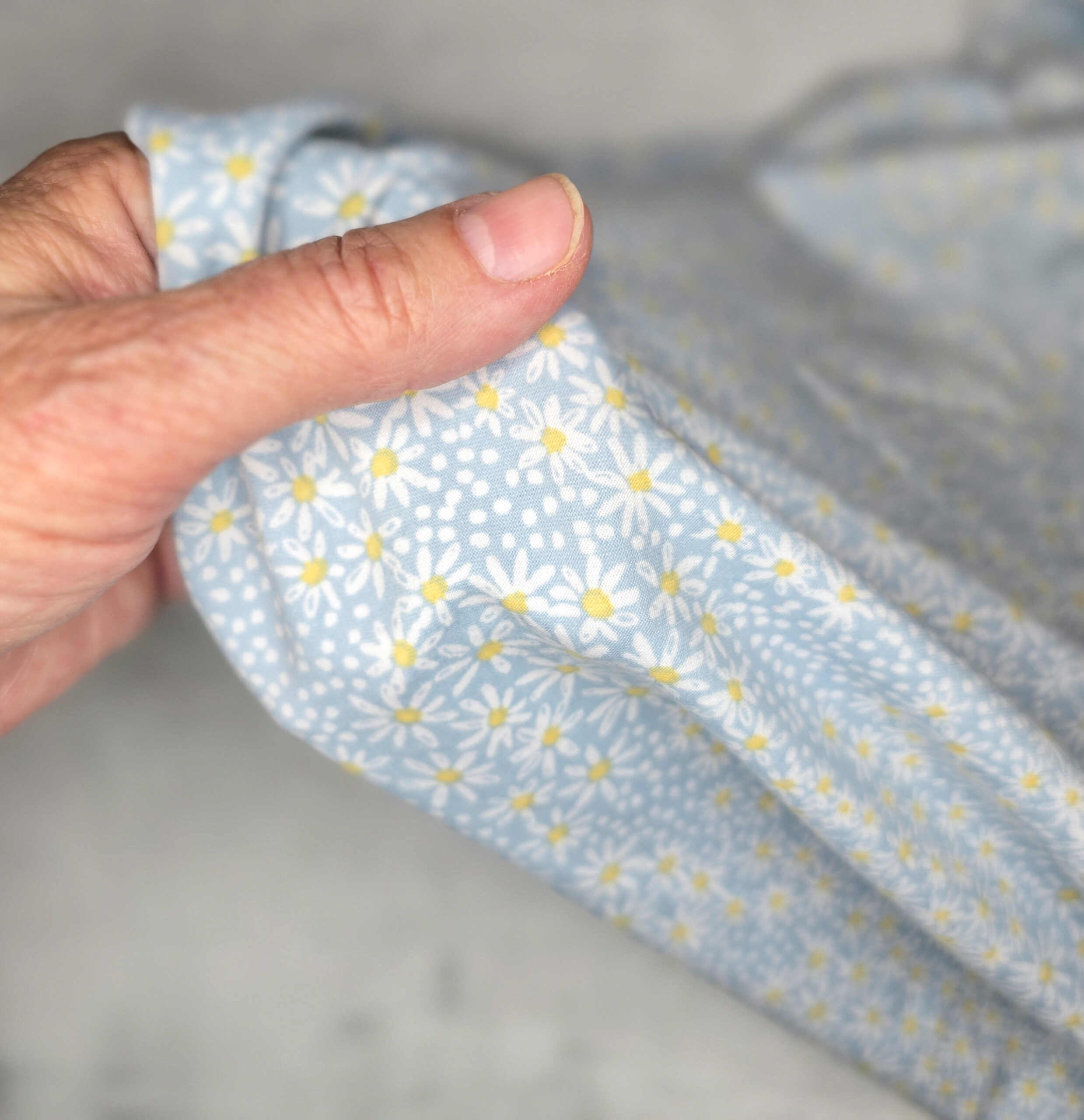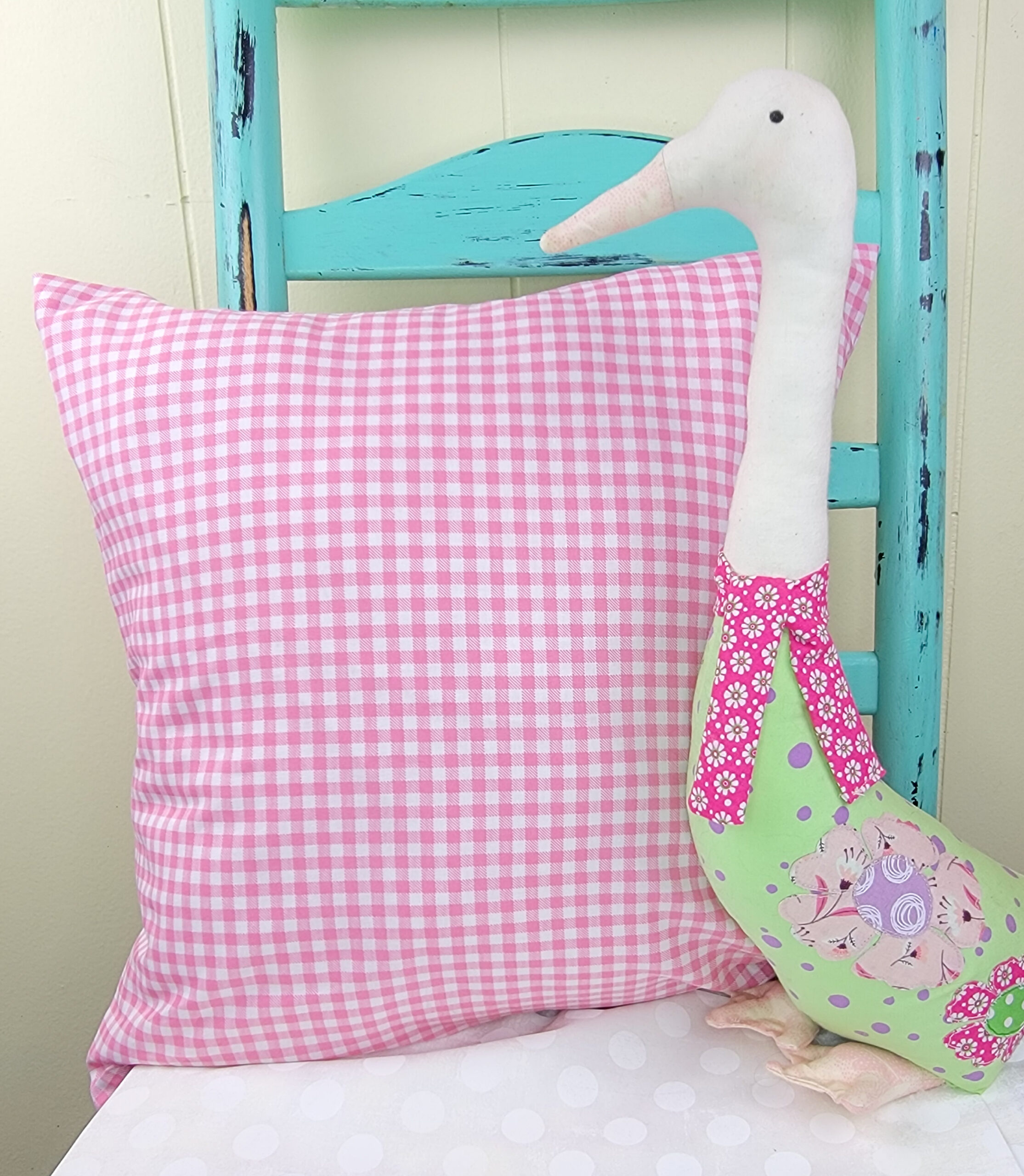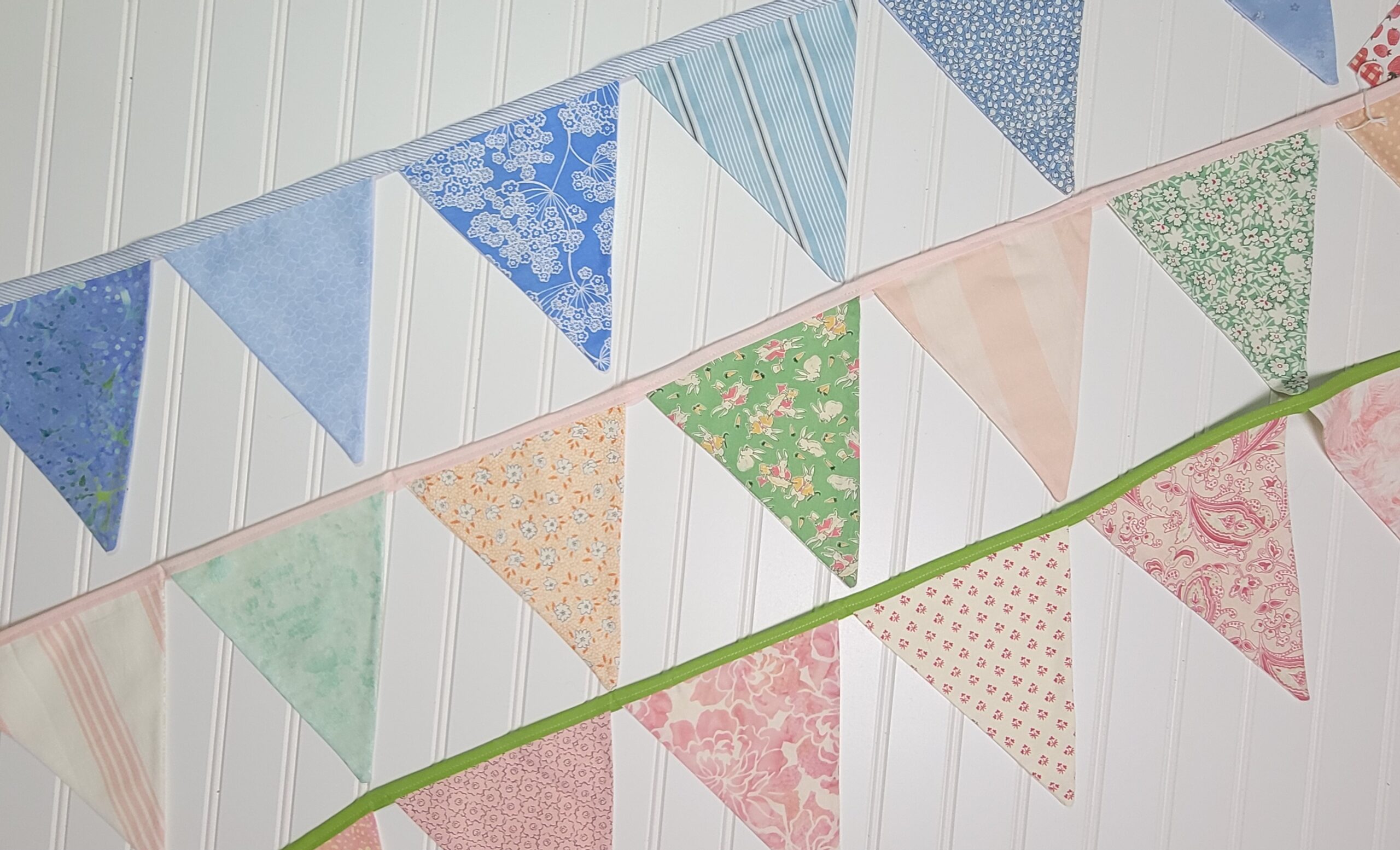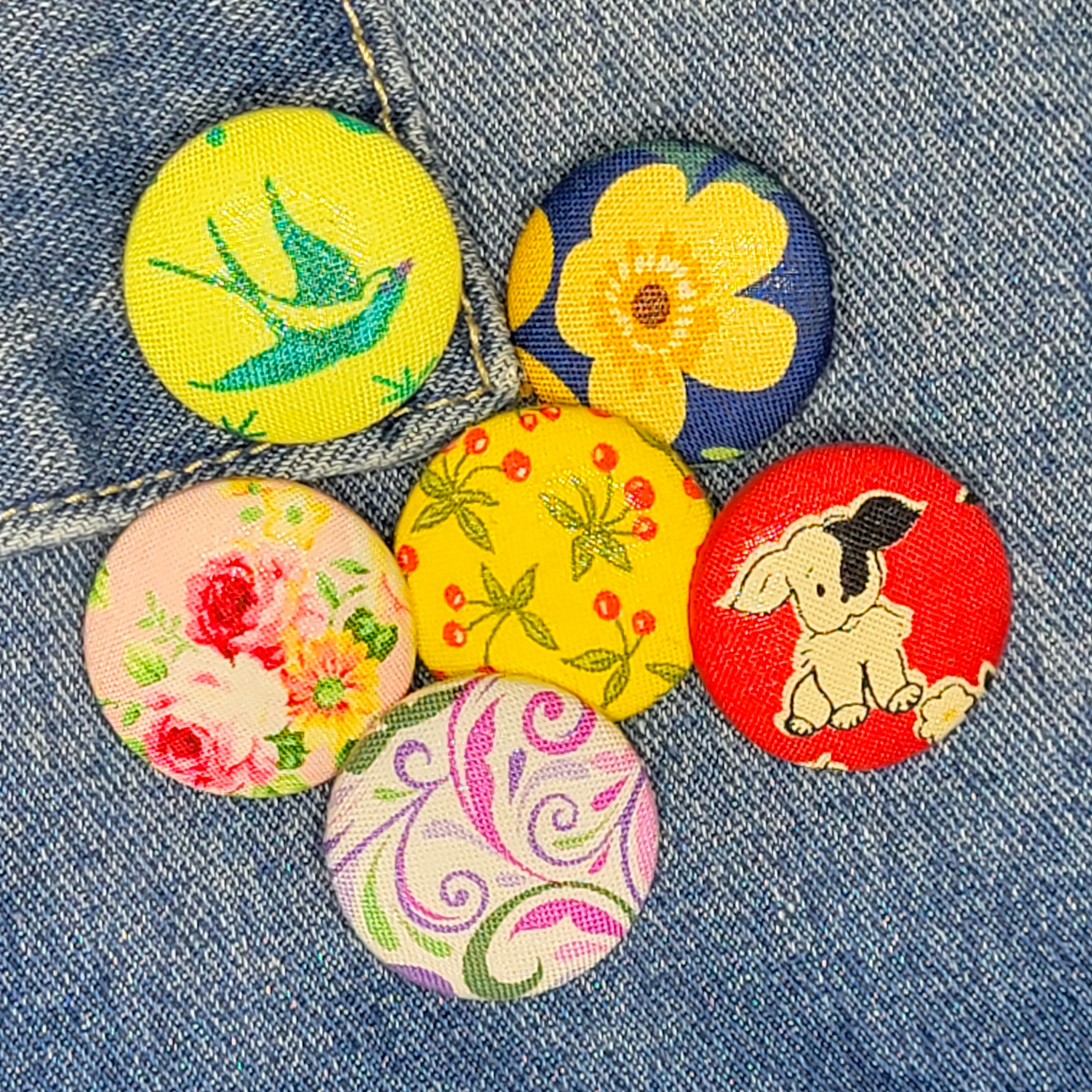Have you ever seen someone run their fingers over a fabric and heard them say, “Ohhh, this fabric has good hand”? Let’s talk about what that really means! In the world of textiles and sewing, hand refers to the way a fabric feels when you touch it. It’s a combination of texture, drape, softness, and even how it responds when you hold or move it. Understanding fabric hand can help you choose the best materials for your sewing projects, whether you’re making a garment, quilt, or home décor item.
In other words, good hand doesn’t mean the same thing for every project—it’s subjective. However, what it does indicate across the board is that the fabric is of high quality.
How “Good Hand” Relates to Quality
A fabric with good hand generally feels smooth, substantial, and well-suited for its intended purpose. Here’s what your hand is feeling for:
- Softness Without Weakness – A high-quality fabric should feel pleasant to the touch while still holding its shape. If it feels too limp or rough, it might not wear or sew as nicely.
- Smoothness and Evenness – The fabric should feel consistent across the entire surface, free from unexpected rough spots, excessive slubs (unless intentionally textured), or irregularities.
- Drape and Movement – A fabric with good hand will drape naturally in a way that suits its purpose. For example, a silky fabric should flow smoothly, while quilting cotton should feel sturdy yet pliable.
A Fabric’s Hand is Influenced by Several Factors
- Fiber Content – Natural fibers like cotton, silk, and wool often have a softer, more luxurious hand compared to synthetics. However, modern blends can also achieve a smooth, pleasant feel.
- Weave or Knit Structure – Tightly woven fabrics tend to feel crisp and structured, while loosely woven or knitted fabrics have a more relaxed, drapey hand.
- Finishing Processes – Many fabrics undergo treatments that affect their feel. For example, mercerization enhances cotton’s sheen and strength, while brushing gives flannel its signature softness.
- Weight and Thickness – A lightweight lawn fabric has a delicate, airy hand, while a heavy canvas has a firm, structured feel. The weight of a fabric impacts how it moves, drapes, and sews.
When shopping for fabric, don’t be swayed by just a pretty print! Take a moment to feel the material between your fingers, drape it over your arm, and see how it moves. That “good hand” can make all the difference in how enjoyable a fabric is to sew—and how well it suits your project.





